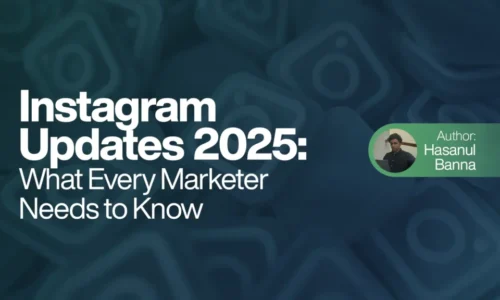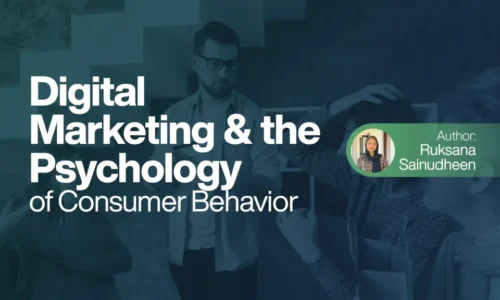Content That Clicks: Add Humor, Boost Sales
In a world saturated with advertisements and marketing messages, standing out has become both an art and a science.If you are in home or outside every where is marketing. One highly effective approach that brands are increasingly embracing is humor-driven marketing. By weaving in wit, relatable day-to-day scenarios, and authentic brand stories, businesses can engage audiences in ways that foster connection, loyalty, and—most importantly—sales. Let’s explore how humor can transform your marketing strategy from ordinary to unforgettable.
Table of Contents
1. Why Humor-Driven Marketing Works
Humor isn’t just about making people laugh; it’s about resonating with your audience on a personal level. Studies show that funny content triggers emotional responses that increase engagement, retention, and shareability. When customers enjoy a piece of content, they’re more likely to remember the brand and share it with their friends, turning marketing from a one-way broadcast into an interactive experience.
2. Connecting Through Relatable Moments
Some of the best humor-driven marketing thrives on tapping into day-to-day life. Think about the viral success of campaigns that spotlight relatable mishaps, funny observations, or universal truths—like struggling to find Wi-Fi at a café or the chaos of online meetings with unexpected guest appearances from pets. When brands showcase these moments, they present themselves as human and relatable, forging an emotional bond with consumers.
Example: A brand that sells productivity tools might create a campaign depicting a relatable ‘work-from-home’ scenario where a cat persistently sits on a keyboard, humorously interrupting workflow. By doing so, they highlight a pain point while also making light of a shared experience.
3. Adding Humor to Brand Stories
Crafting your brand story with humor doesn’t mean compromising professionalism; it means showcasing authenticity. People respond to stories that feel real, complete with quirks and challenges. Sharing anecdotes about your company’s journey—like the accidental misprints on your first batch of merchandise or the time the team brainstormed campaign ideas over way too many cups of coffee—can make your brand more approachable and memorable.
Pro Tip: It is important that your humor blends with the voice of your brand. For simple, elegant brands, choose sly remarks. For lifestyle brands, be more relaxed and playful.
4. Injecting Humor Into Content: Best Practices
Here are a few funny examples that highlight best practices:
Example 1: Amul
As an example, it was well appreciated when they had fun with the caption of one of the Bollywood releases like Udta Punjab… Amul Udta Taste!, connecting the polemical drama ‘Sum Psi’ to the launch of the butter.
Example 2: Zomato
Zomato has mastered the art of injecting humor into their app notifications and social media posts.A popular notification they sent out read: “Hey, food has feelings too! Maybe yours is feeling left out. 🍕 Tap to fix this!”
- Know Your Audience: What tickles the funny bone of one demographic may not resonate with another. Use data and audience insights to tailor humor that aligns with their preferences and cultural context.
- Stay Genuine: Forced jokes can be spotted from miles away. Keep humor natural, relevant, and rooted in the true essence of your brand.
- Use Visuals: Memes, GIFs, and short videos are perfect formats for adding a humorous twist to your content.
- Balance Humor and Value: Make sure the humor enhances your message, not distracts from it. The ultimate goal is to boost brand awareness and drive sales, not just to entertain.
5. Case Studies of Humor-Driven Marketing Done Right
- Dollar Shave Club: The iconic “Our Blades Are heavy Great” campaign became an instant hit due to its deadpan humor and relatability. It wasn’t just funny; it was memorable and effectively communicated the product’s value.
- Old Spice: The “Smell Like a Man, Man” campaign transformed the brand’s image by using surreal, over-the-top humor that captured attention and went viral, resulting in a massive spike in sales.
6. Tips for Getting Started
Brainstorm with Your Team: Host creative sessions where everyone pitches light-hearted content ideas that align with your brand’s values.
- Test and Learn: Begin by running small campaigns in order to understand what sticks. Measure how such initiatives impact engagement and sales with the help of analytics.
- Engage Your Audience: Humor can be a great tool for interaction. Create content that invites comments, shares, and user-generated responses
Finally
Humor-driven marketing is more than just a trend; it’s a powerful tool to create content that clicks with your audience. By incorporating funny, relatable elements into your marketing, you can build a stronger brand connection, engage customers, and ultimately, boost sales. As you weave humor into your content strategy, remember to stay authentic, understand your audience, and let your brand’s true personality shine through.
Author Info
Marjan Nabeel, a Freelance Digital Marketing Consultant in Calicut.
Learner of CDA Weekend Digital Marketing Course in Kerala.



